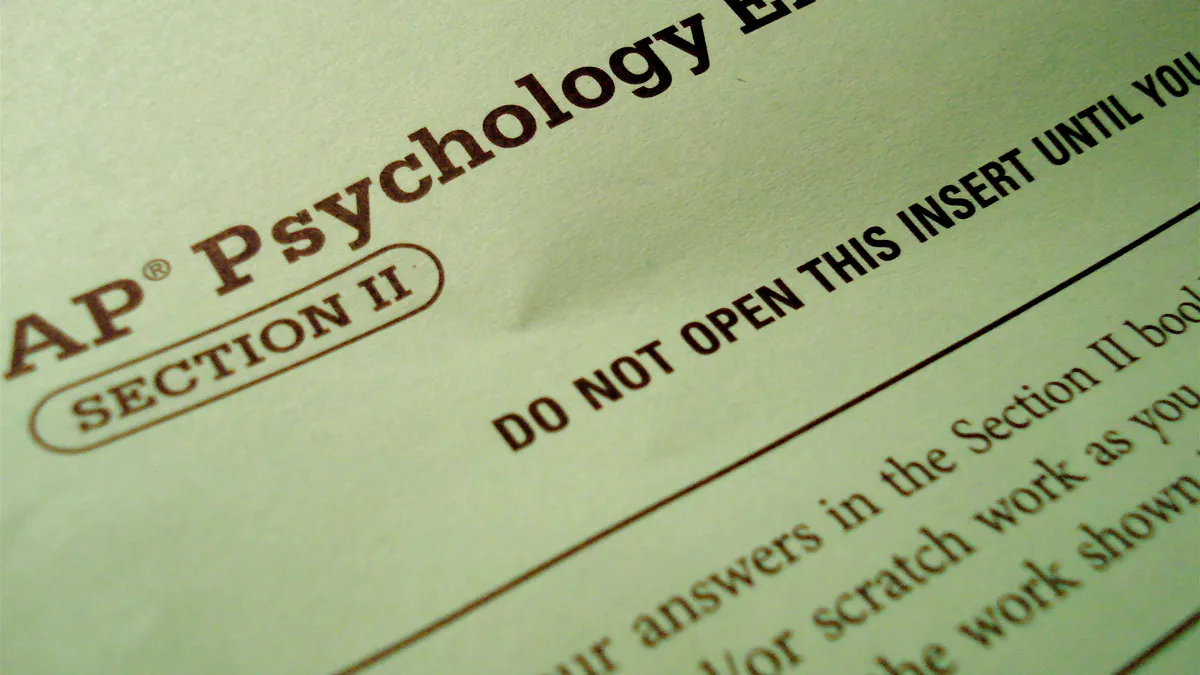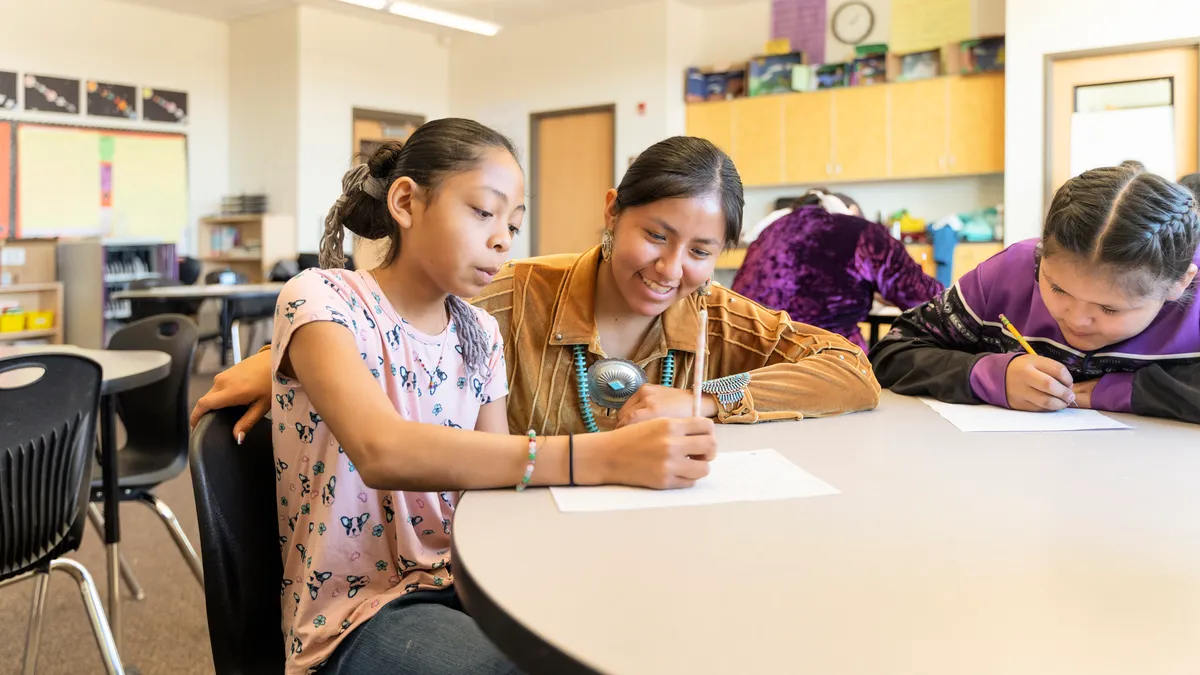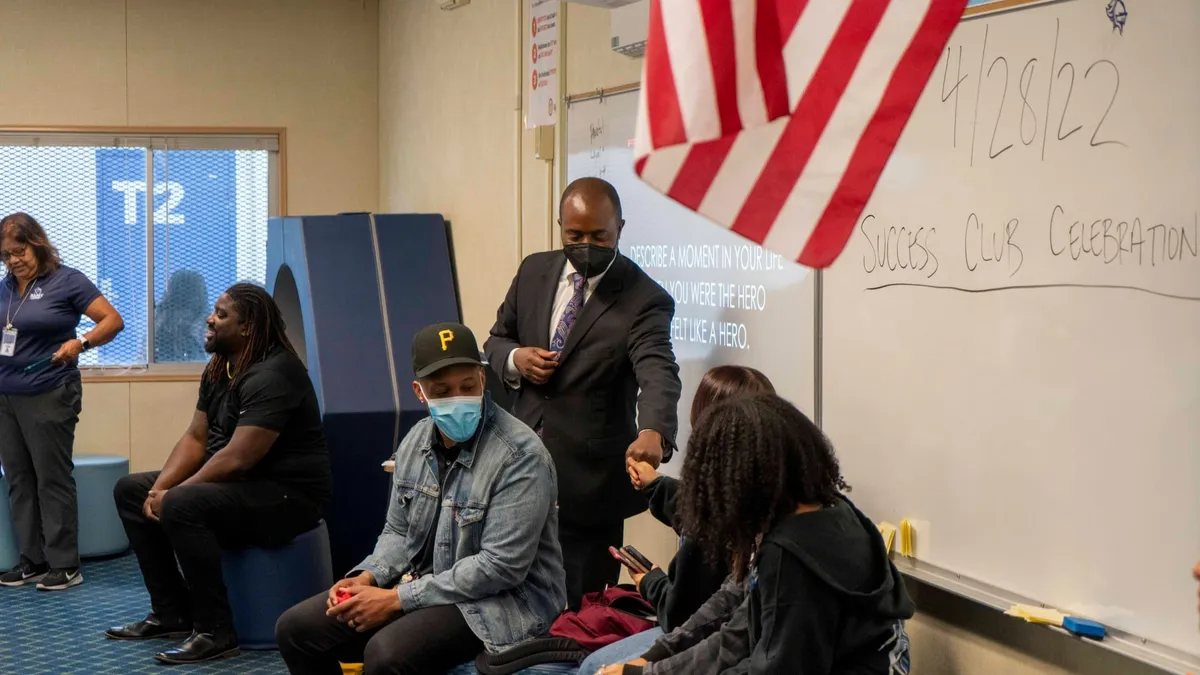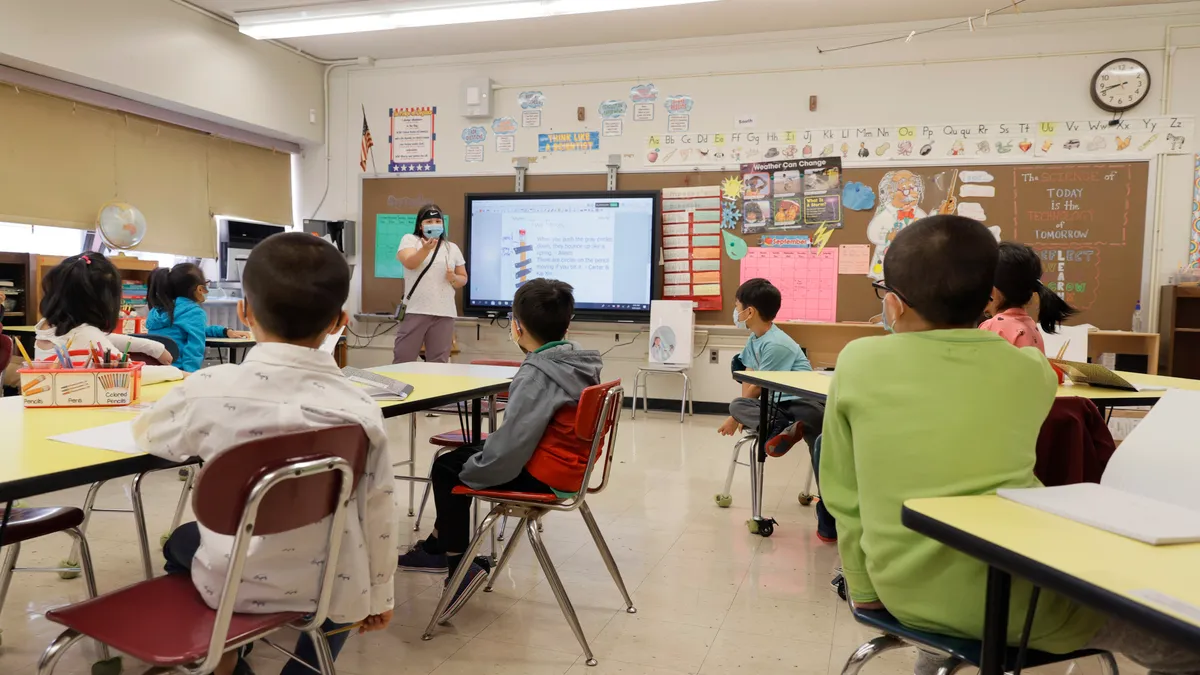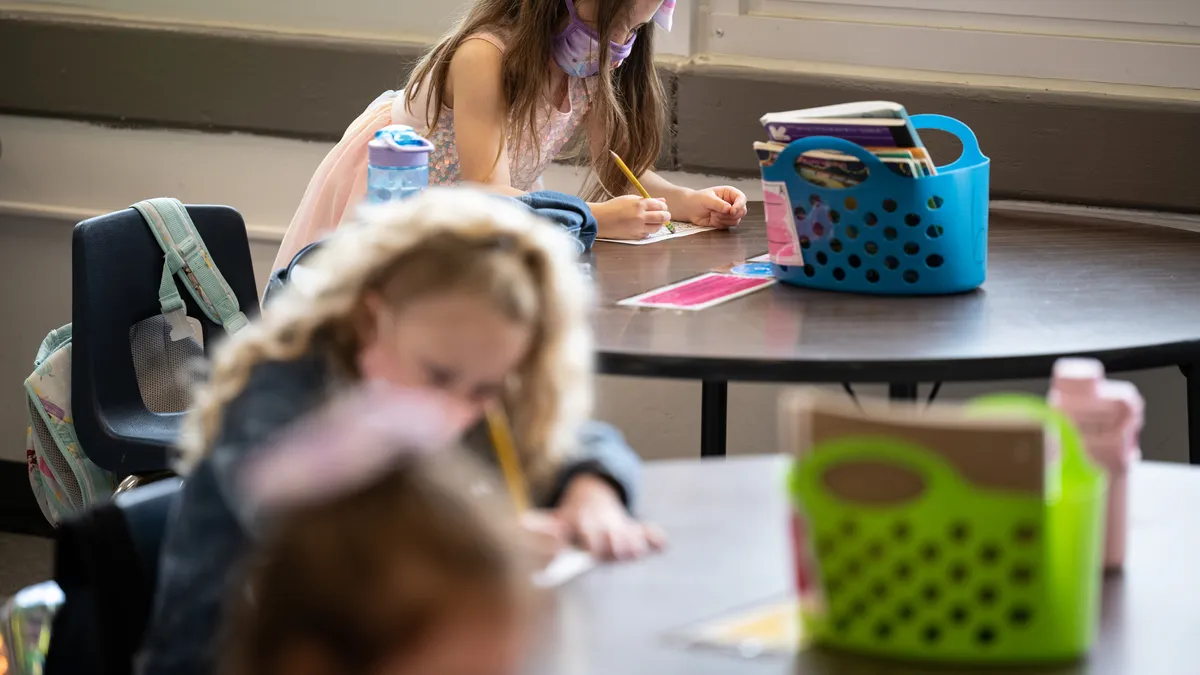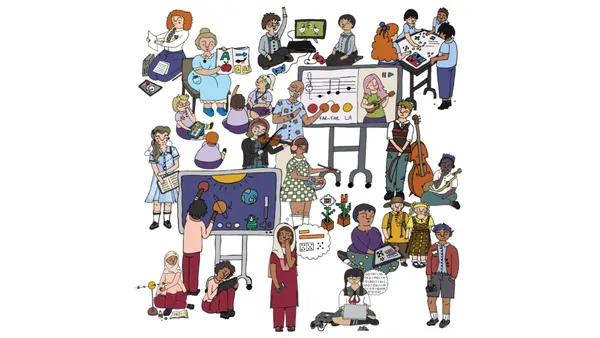Todd Amiet is the director of buildings and grounds for the 8,400-student South Brunswick School District in New Jersey
School facilities house community programs and gatherings all summer long as districts work to improve resources for the upcoming academic year. For school districts across the country, the summer break poses unique challenges to administrators as they accommodate an impending influx of activity.
With back-to-school time quickly approaching, now is the perfect time for school districts to consider how to prepare their facilities for the upcoming school year while keeping schools at the center of the community.
Plan ahead
In order to be fully prepared for the new school year, districts should have their facilities management plans in place before the close of the previous year to support the success of the district in completing its summer projects and identifying key needs in specific buildings.
Facilities managers can meet with principals before beginning back-to-school preparations to present any concerns that teachers and administrators may have voiced during previous quarters. In the South Brunswick School District, and in many districts throughout the country, having that input is vital in identifying the needs of all district-owned property to accommodate the return of thousands of students and staff members.
Facilities managers should also meet with their business administrator to review the costs associated with concerns raised at the start of a new fiscal year in conjunction with the new academic year. By preparing well in advance and tracking the district’s needs, facilities managers can set themselves up to achieve any repairs, improvements or general maintenance within the scope of the district’s budget.
While students and teachers are missing from their classrooms during the summer, those off months for educators are among the busiest of the year for facilities management teams. Maintenance personnel can access buildings and spaces that, during class times, are not available for repair, remodel or maintenance.
Facilities managers should conduct a full assessment of major and minor construction projects and develop timelines for completion that account for the return of students to their classrooms. This includes scheduling large projects during the summer and the scheduling of smaller projects throughout breaks during the school year or on second shift to avoid any disruption to staff and students.
Our district organizes its various maintenance projects through a centralized calendar system within our facilities management platform, Facilitron. The system gives us bird’s-eye view of any ongoing construction projects and schedule any building upkeep around the spaces that are used for summer camps, community use, rentals and classes across the various buildings in our school district. Having that comprehensive view of ongoing projects and activities allows us to avoid disrupting those busy back-to-school activities that can vary between schools throughout the district, while still accomplishing our maintenance goals.
Track your progress
School districts need to know which facilities have outstanding cleaning tasks and which are ready for students to return. Tracking the components of that preparation can make things easier for administrators. Our district accomplishes this back-to-school facilities tune-up with a master checklist system, which was formulated to list every detail to be addressed in a given building.
Facilities teams create smaller, individual checklists, tailored to the specific needs of each building space and post them outside of each room. Facilities managers in any district can adopt this system, which also provides a way for administrators to check their progress against the time remaining to complete the back-to-school cleaning process.
To provide the best possible learning environment for students, these lists should be extremely thorough and accommodate a top-to-bottom clean of each building space. To thoroughly clean spaces and minimize irritants such as allergy and asthma triggers, districts should extract carpets, complete a high dusting of building spaces, disinfect surfaces, wax hard surface floors and change air filters.
Large construction projects completed during the summer should be wrapped up, with any resulting dust, damage or debris addressed during the deep-cleaning process to minimize the impact on the learning environment.
Districts can also tie these checklist operations into their scheduling systems. In our district, Facilitron is used as a means of tracking where the back-to-school cleaning and construction process stands, by blocking off certain areas for maintenance priorities and ensuring that no end-of-summer events run into the final two weeks before school begins. By reserving specific areas across the district, administrators can prioritize maintenance deadlines and keep spaces clear for the maintenance and grounds personnel to work freely.
Schedule and communicate meticulously
During the transition into a new school year, many groups may request access to facility spaces at the same time. These include community groups who meet year-round, summer camp programs, teachers preparing their classrooms, morning and after-school programs and maintenance and grounds personnel completing their facilities upkeep projects. Districts can stay ahead of these demands by communicating openly with each impacted group to accommodate requests for space without creating conflicts or double-bookings.
Districts can also reserve specific back-to-school preparation time on their calendar systems, to ensure that facilities personnel have access to all spaces within a district’s buildings and that community groups are aware that access to space may be changing. When summer camps and gatherings occur too close to the first day of school, it can be difficult for districts to wrap up the final building details to ensure a smooth opening.
To maintain good communication and transparency districtwide, administrators should keep very specific scheduling records to detail which facilities are booked, when those facilities are open for access and which are not yet ready for the new school year. We filter our requests through a centralized system and allow community groups to view available or reserved space. Doing so increases transparency and more importantly communication between the district and the community.
Having a districtwide system is our way of ensuring that facilities personnel have the time to prioritize a safe, clean and healthy facility to welcome students back into the classroom. Districts can use a centralized scheduling system to communicate the end-of-summer transition to any groups that may feel the effects of the schedule changes required of schools in the fall.
If districts communicate these needs to the broader community with transparent and accessible schedules, groups can anticipate any potential meeting time adjustments well in advance. Those groups may be able to use school spaces after class hours when the year begins. And communicating that availability and coordinating it across all schools within a district can keep those valuable gathering spaces to be available year-round, without disrupting students’ learning. In addition, maintaining an updated districtwide schedule can also allow new community groups to access the school spaces without worry of disrupting student activities.
Building repairs and routine maintenance occur behind the scenes, often unknown to students and teachers. For facilities personnel, maintaining a healthy, clean and safe environment for students and teachers is of the utmost importance.
Monitoring indoor air quality, managing any pest-related issues and meeting compliance standards, facilities management teams work to ensure that the buildings and grounds are in the condition they need to be to support the education needs of the school and community at large. With careful scheduling, open communication and deliberate planning, districts can make that process easier for schools to manage overall.


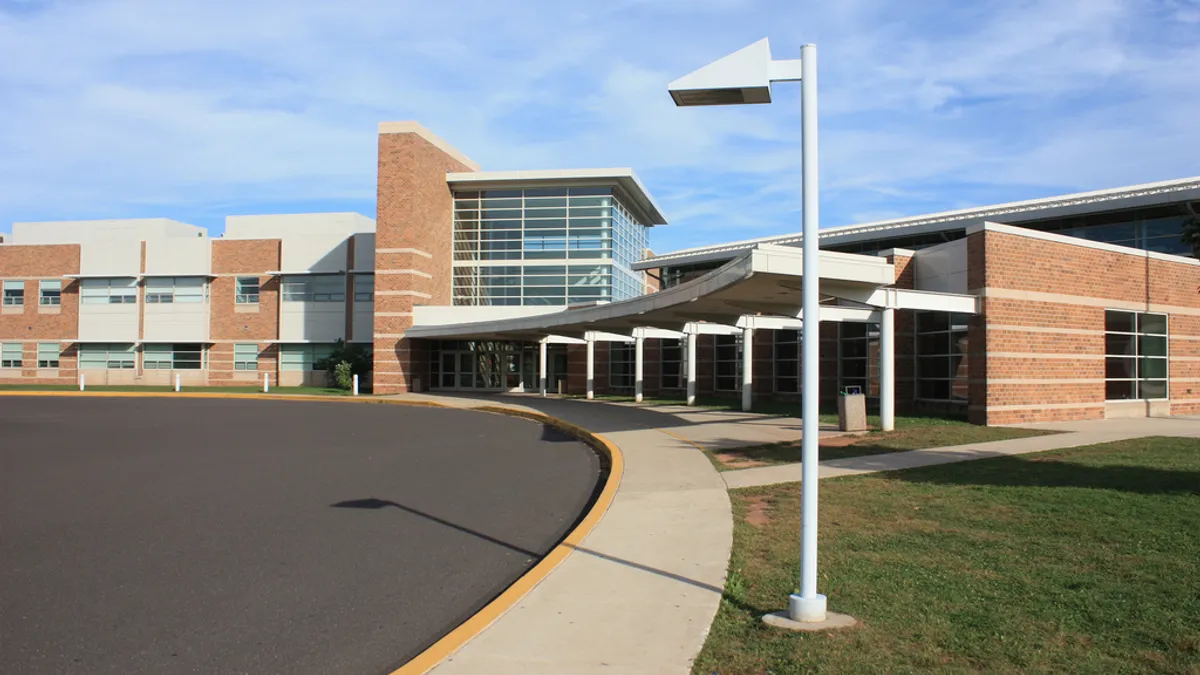




 Dive Awards
Dive Awards
